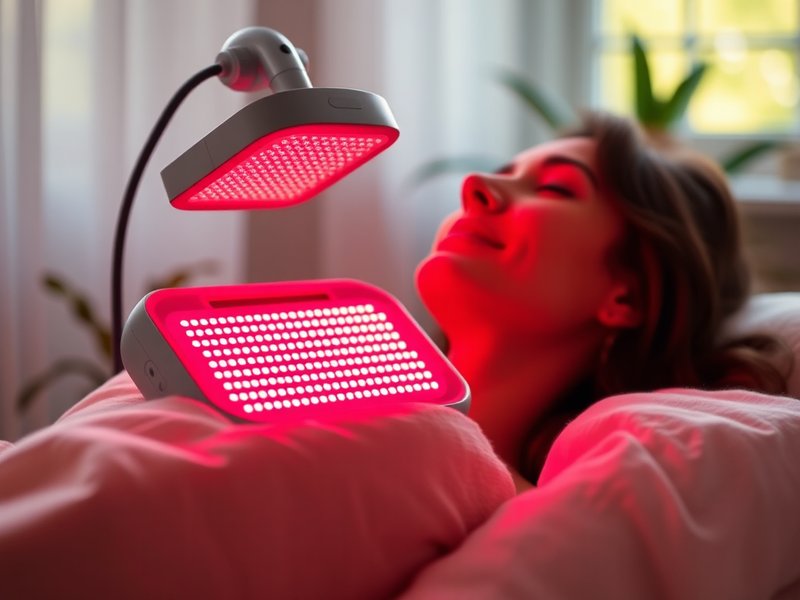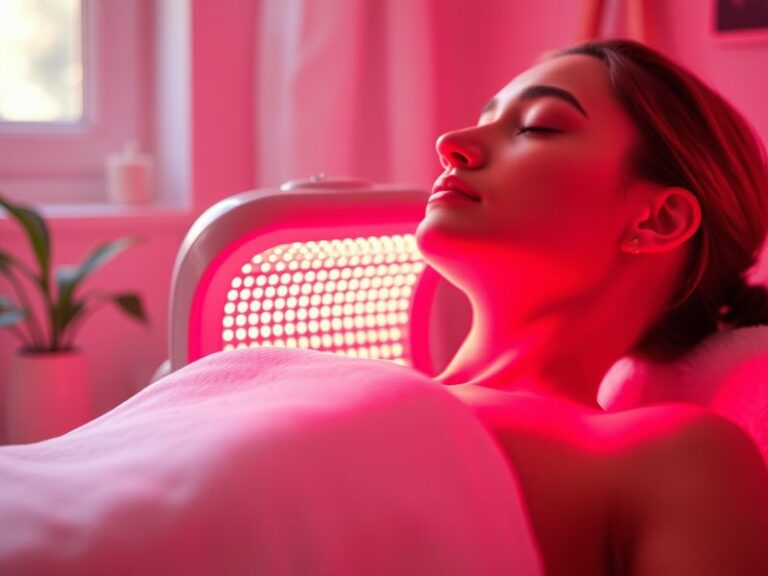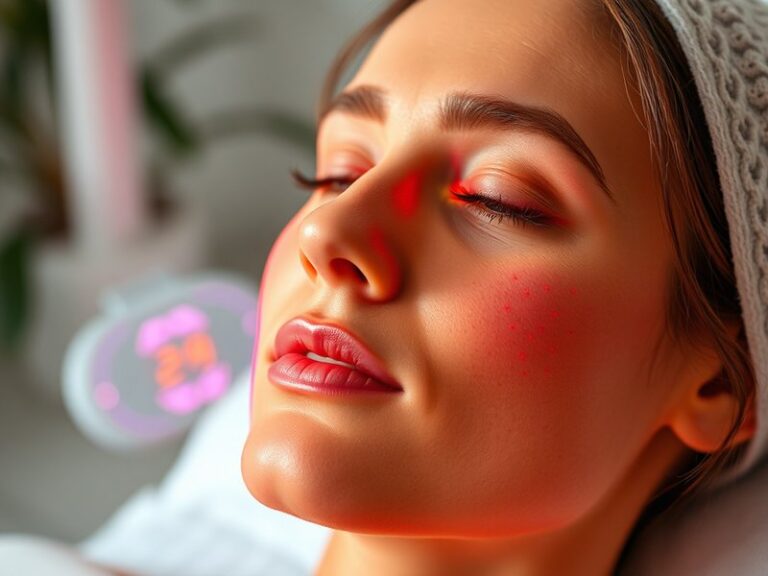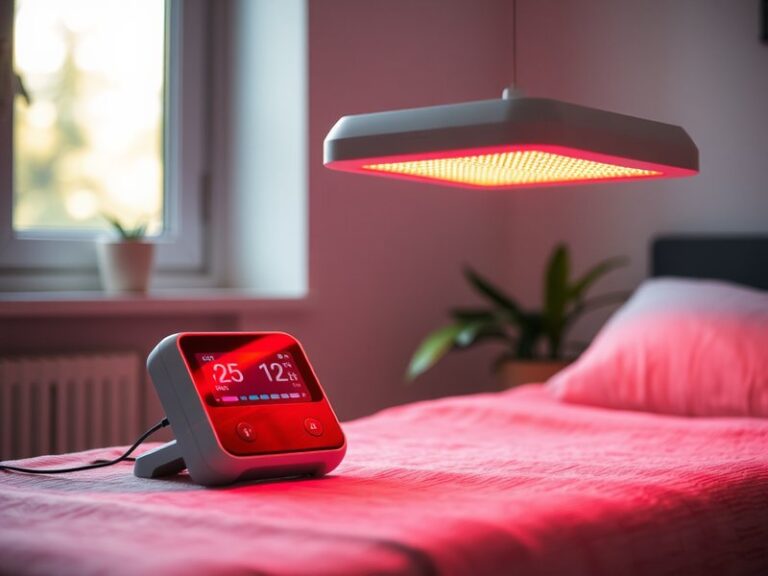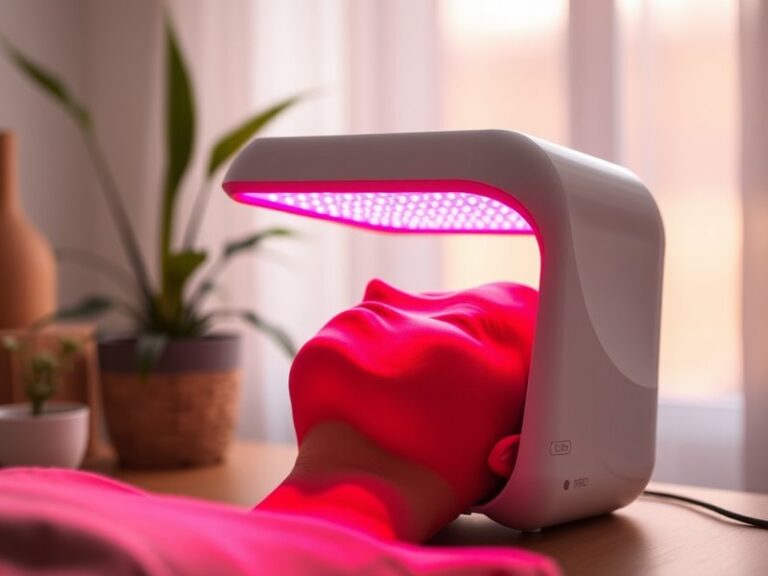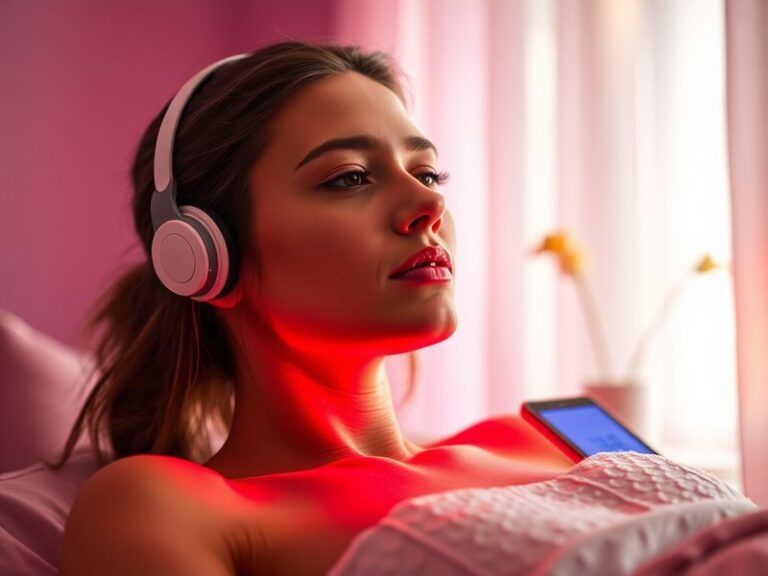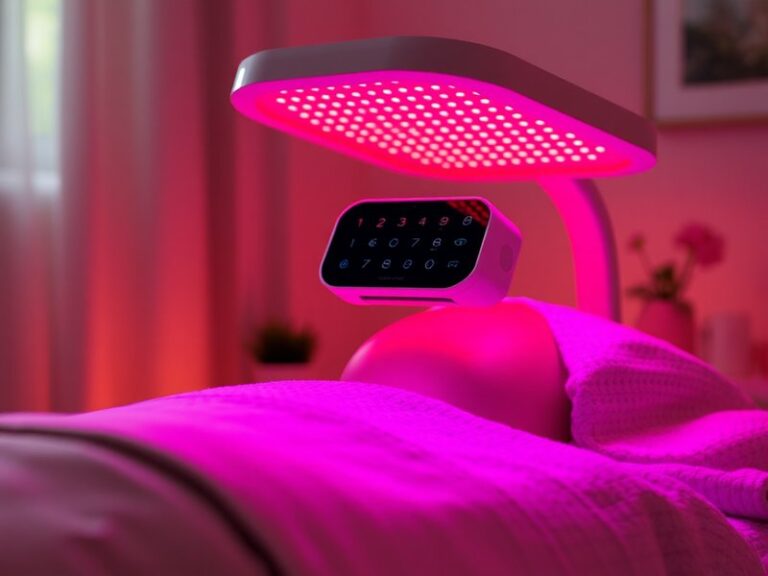Is Red Light Therapy Bogus?
Is Red Light Therapy Bogus?
Is red light therapy just a health fad or does it hold real therapeutic benefits?
In recent years, red light therapy (RLT) has gained momentum as a popular treatment for various ailments, ranging from pain relief to skin rejuvenation. However, skepticism remains regarding its effectiveness and validity. This article will explore what red light therapy is, its benefits, the practicality of its use, considerations to keep in mind, potential alternatives, and whether or not it is indeed recommended.
Key Takeaways
- Red light therapy utilizes low-wavelength red light to promote healing and tissue repair.
- Numerous studies suggest benefits for conditions like arthritis, skin damage, and wound healing.
- Considerations include the need for consistent use, potential skin sensitivity, and varying results.
What is Red Light Therapy?
Red light therapy is a non-invasive treatment method that employs low-level wavelengths of light, typically around 600 to 650 nanometers, to stimulate cellular functions and promote healing. The therapy is based on the principle that certain wavelengths of light can penetrate the skin and interact with mitochondria, the powerhouse of cells, thus enhancing energy production.
History shows that this technology began in the 1960s when researchers discovered that certain wavelengths of light could stimulate the healing process in tissue. Since then, red light therapy has evolved, finding applications in dermatology, pain management, physical therapy, and even sports medicine.
Mechanism of Action
Red light therapy works by stimulating the production of ATP (adenosine triphosphate), which provides energy for cellular functions. This increased energy can lead to improved circulation, reduced inflammation, and enhanced tissue repair.
What are the Benefits of Red Light Therapy?
Red light therapy offers a myriad of potential benefits that are gaining attention in both professional and consumer circles. Below are some significant advantages associated with its use.
Enhanced Wound Healing
Red light therapy has been shown to accelerate the healing of wounds and injuries by promoting cell proliferation and reducing inflammation. Research indicates that patients undergoing this therapy heal faster, making it a valuable option in clinical settings.
Pain Reduction
Many individuals use red light therapy as a means to alleviate chronic pain conditions, including arthritis and muscle soreness. Studies reveal that the therapy can effectively reduce pain levels and improve mobility, thus enhancing overall quality of life.
Improved Skin Health
From reducing fine lines and wrinkles to treating acne, red light therapy has gained a reputation for its skin benefits. The therapy helps stimulate collagen production, promoting a youthful appearance and improved skin texture.
Reduced Inflammation
Chronic inflammation is a precursor to many diseases, and red light therapy has shown promising results in reducing inflammatory markers in various studies. This benefit can be crucial for individuals with conditions such as autoimmune diseases.
Is it Possible to Use Red Light Therapy at Home?
Yes, effectively utilizing red light therapy at home is not only feasible but also accessible due to a variety of devices available on the market. Many consumers opt for portable red light devices that can easily be integrated into their daily routines.
See what we think about Vibration’s Role in Red Light Therapy
What are the Advantages of Home Use?
Convenience is key in the home use of red light therapy. Individuals can incorporate it into their at-home self-care regimens, saving time and money compared to visiting a professional for treatment. Additionally, home devices can be used at any time, allowing users to maximize their treatment frequency.
What are the Disadvantages of Home Use?
While home devices are convenient, they may not be as powerful or effective as professional-grade units used in clinics. There can also be variability in quality among different products, which can affect outcomes.
What are the Things to Consider Before Starting Red Light Therapy?
Before diving into red light therapy, it’s essential to consider several key factors.
Device Quality
Quality varies significantly among red light therapy devices. It’s crucial to choose a reputable brand with positive reviews and clinical data supporting its efficacy.
Skin Sensitivity
Some individuals may experience increased skin sensitivity when using red light therapy. Conducting a patch test before full-body exposure can help assess individual tolerance.
Consistency of Treatment
For optimal results, consistency is key. Establishing a routine and adhering to it can improve outcomes significantly, meaning users should be prepared for long-term utilization.
For further reading Does Palm Beach Tan offer red light therapy?
What are the Alternatives to Red Light Therapy?
If red light therapy doesn’t seem suitable, several alternative options exist for similar benefits.
Cold Laser Therapy
Cold laser therapy uses focused light beams to stimulate cellular processes and is known for its effectiveness in treating pain and inflammation without heat.
Photodynamic Therapy (PDT)
PDT involves using light in combination with photosensitizing agents to treat various skin conditions, harnessing the therapeutic potential of light similarly to RLT.
Traditional Physical Therapy
For pain management and recovery, traditional physical therapy remains a viable option, utilizing exercises and techniques to promote healing and mobility.
Conclusion: Is it Recommended to Use Red Light Therapy?
The decision to use red light therapy can be informed by its numerous potential benefits, including enhanced healing, pain reduction, and improved skin health. While skepticism exists, research supports its efficacy for certain conditions. However, individuals should consider device quality, personal skin conditions, and treatment consistency before beginning therapy. Overall, red light therapy appears to be a promising option, but users should monitor their experiences and consult with healthcare professionals to maximize its benefits.
Frequently Asked Questions
Is red light therapy safe?
Yes, red light therapy is largely considered safe when used properly. However, individuals with specific medical conditions or skin sensitivities should consult their healthcare provider before use.
How often should I use red light therapy?
Most recommendations suggest using red light therapy 3 to 5 times a week for optimal results. However, this can vary depending on the individual’s condition and the specific device used.
Can red light therapy be used on any part of the body?
Yes, red light therapy can typically be used on various body parts. However, individuals should avoid using it on open wounds or areas with active infections.
Are there any side effects?
Possible side effects may include temporary redness or irritation of the skin. These effects are generally mild and resolve quickly.
How long does it take to see results?
The timeframe for noticeable results can vary based on individual response and condition being treated, with some users seeing improvements within a few weeks while others may require longer.
